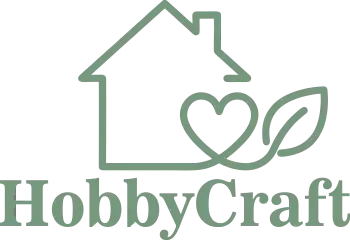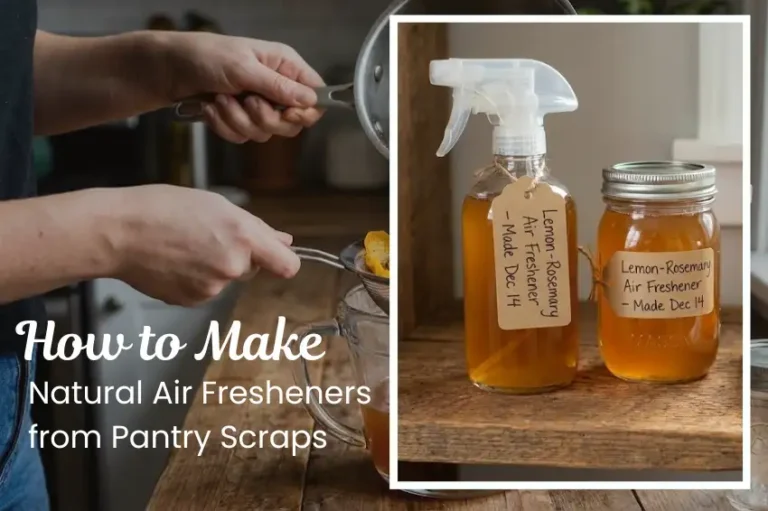The Ultimate Safety Guide to DIY Cleaners (Pets, Kids & Surfaces)
Switching to homemade cleaners is a fantastic step toward a non-toxic home. But natural doesn’t always mean harmless. Using these powerful ingredients correctly is key to protecting your surfaces, your family, and your pets.
This guide addresses every common concern, troubleshooting issue, and frequently asked question about the safety and effectiveness of DIY cleaning supplies.
Just getting started? Find all the basic ingredients and recipes in our Complete Guide to Homemade DIY Cleaning Supplies
Pet and Child Safety
This is the number one concern for most people. Let’s be crystal clear.
Pet-Specific Considerations
- Cats Are Uniquely Sensitive: Cats lack certain liver enzymes to process essential oils, making some (like tea tree, eucalyptus, citrus) potentially harmful.
- Avoid these oils in areas cats frequent.
- Ensure adequate ventilation when cleaning.
- Never apply essential oils directly to cat-accessible surfaces.
- Dogs Are Generally More Tolerant: Most oils in diluted cleaning recipes (10-20 drops per bottle) pose minimal risk. Still, rinse surfaces before letting pets walk on them and store cleaners securely.
- Birds and Small Pets: These animals have extremely sensitive respiratory systems. Keep them away from cleaning areas entirely.
Child Safety Protocols
- Storage: Store cleaners on high shelves or in locked cabinets.
- Formulations: For homes with young children, consider using lower essential oil concentrations or skipping alcohol-based recipes.
- Emergency Preparedness: Keep the Poison Control number and your vet’s emergency number handy.
Can Homemade Cleaners Damage Surfaces?
Yes, if used incorrectly—but the same is true for commercial cleaners. Here’s how to avoid damage.
Understanding Material Sensitivities
- Natural Stone (Marble, Granite): These are porous and acid-sensitive. NEVER use vinegar or lemon juice on them. It will etch and dull the finish.
- Safe Cleaner: Use a simple mixture of water and a few drops of castile soap.
- Wood Surfaces: Avoid excessive vinegar on hardwood floors, as it’s too acidic.
- Safe Cleaner: A damp mop with a mild soap-and-water solution is best.
- Electronics and Screens: Never spray cleaners directly on screens.
- Safe Cleaner: Slightly dampen a microfiber cloth with a 50/50 water-alcohol solution and wipe gently.
Testing Is Your Best Friend Before using any new cleaner, test it in an inconspicuous spot, wait 24 hours, and check for discoloration or damage.
Troubleshooting Common DIY Cleaning Challenges
“My Vinegar Cleaner Leaves Streaks.”
- Cause: Using too much solution or hard water deposits.
- Solution: Use less product (a light mist). Add 1 tablespoon of rubbing alcohol to the recipe. Buff surfaces dry with a clean, dry microfiber cloth.
“My Castile Soap Solution Looks Cloudy or Separated.”
- Cause: This is normal, especially with hard water.
- Solution: Shake well before each use. Use distilled water instead of tap water if it bothers you.
“My Powder Cleaner (like laundry detergent) Clumped Up.”
- Cause: Moisture.
- Solution: Store in a truly airtight container. Add a few grains of uncooked rice to the container to absorb moisture.
“My Spray Bottle Clogged.”
- Cause: Mineral deposits from vinegar or undissolved powders.
- Solution: Disassemble the nozzle and soak all parts in hot, straight vinegar for 30 minutes. Use a small pin to clear the nozzle opening itself.
Frequently Asked Questions (FAQ)
What’s the best way to remove hard water stains that vinegar alone can’t handle?
Create a paste using equal parts baking soda and cream of tartar, adding just enough water to make it spreadable. Apply to the stain, let sit for 30 minutes, then scrub.
How do I adapt these recipes for a high-efficiency (HE) washing machine?
HE machines are perfect for homemade detergent because they require low suds. Use only 1 tablespoon of powder detergent (not 2) and add it directly to the drum, not the dispenser.
Are there natural alternatives to bleach for whitening?
Yes! Add 1 cup of 3% hydrogen peroxide to your wash cycle. Hanging white items in direct sunlight also provides natural bleaching action.
Can I mix different homemade cleaners together to make a “super cleaner”?
Generally, no. Mixing acidic cleaners (vinegar) with alkaline ones (baking soda) neutralizes both, leaving you with salty water. The fizzy reaction looks impressive but actually reduces cleaning power. It’s better to use them sequentially (baking soda first, then spray with vinegar).
What’s the shelf life of these cleaners?
It varies.
Vinegar-based sprays: 6-8 months (essential oils help preserve them).
Hydrogen peroxide mixtures: 1-2 months (store in a dark bottle).
Castile soap solutions: 2-3 months.
Powder cleaners: 1 year (if kept dry).
You now have the knowledge to not only make natural cleaners but to use them safely, effectively, and confidently. By understanding how ingredients interact with different surfaces and household members, you can troubleshoot any issue and maintain a truly safe, non-toxic home.


